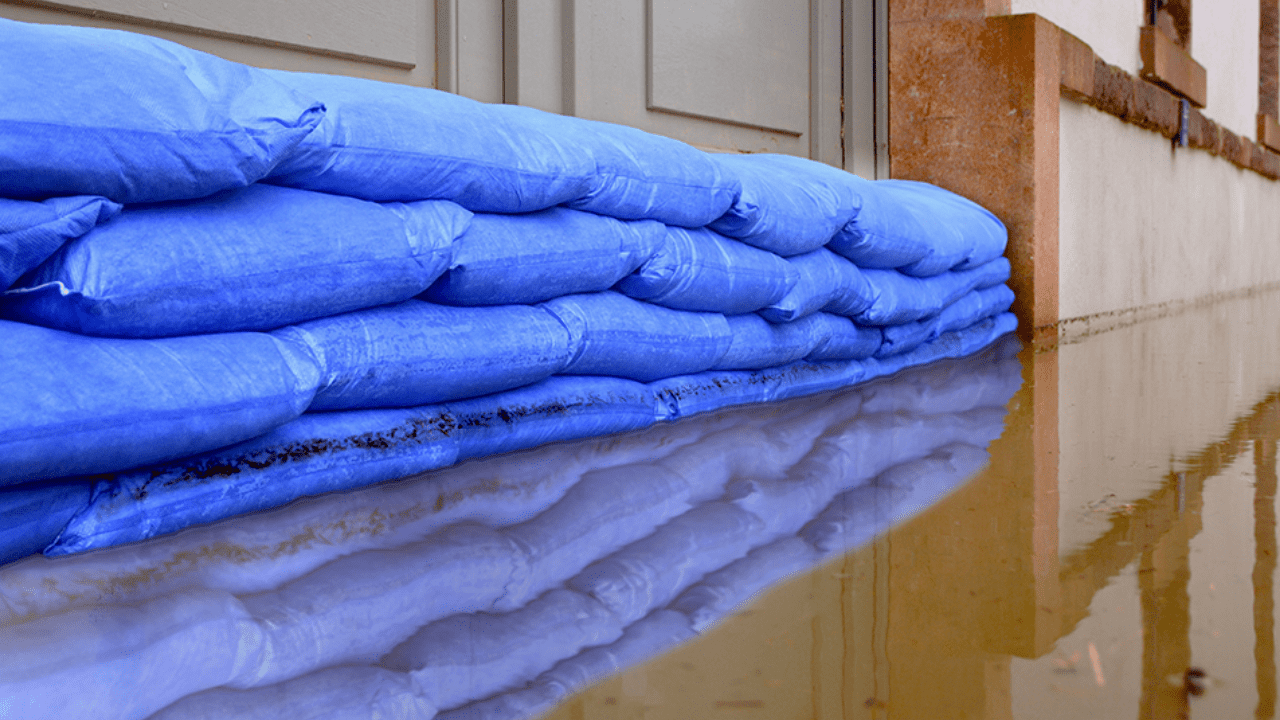Hurricane Season in Palm Coast, FL: What You Need to Know
Matt
It is currently June 1st, 2025, the first official day of hurricane season. While Palm Coast is no stranger to tropical weather, preparation can make all the difference during this time. Whether you're a long-time resident or just moved to the area, knowing what to do before, during, and after a storm is key to staying safe.
In this guide, we’ll cover:
- How to prepare your home and family
- Where to get sandbags in Palm Coast
- Local emergency resources
- What to expect if evacuation is necessary
How to Prepare for Hurricane Season
First, it is vital that you have some items prepared. You never realize how important things are until you no longer have access to them. This includes basic things like water, batteries, candles, non-perishable food, and medications. These are the bare-basics. It's best to prepare now rather than a week before a hurricane is approaching. Here's a list of some items you can purchase on Amazon:
Backup Portable Generator - A generator is a nice to have item. Last year, I was without electricity for 5 days. Without the generator, I would have had a much rougher time.
Emergency Food Supply - I have a few of these, but have never had to use them (which I'm extremely grateful for). But they keep my mind at ease knowing there's something to eat in an absolute worst-case scenario. You could also prepare with canned-foods, and other non-perishable food items from Publix.
I would consider these two items to be the most important, but you might also want to grab some batteries, flashlights, and perhaps even this cool solar powered radio.
Aside from preparing with items, you should also consider hiring a tree company to ensure your property is safe from falling trees.
Now that you have some items ready, you should know how to stay informed during this time.
Getting Sandbags in Palm Coast
When a hurricane is in the forecast, the City of Palm Coast typically offers free sandbags to residents. The locations can vary depending on the year and severity of the storm, but they’re usually set up a couple of days before expected landfall. These sites are self-service, meaning you'll need to bring your own shovel and maybe even gloves. Most people fill between 5 to 10 bags, which are great for protecting garage doors, front doors, and any low-lying entry points to your home.

In the past, sandbag stations have been set up at places like the Palm Coast Public Works Department and the Indian Trails Sports Complex, but your best bet is to check the city’s official website or social media channels for real-time updates. They’ll post exact addresses, hours of operation, and whether help will be available on site.
Keep in mind, once a storm is just a few days out, these sandbag stations can get busy-lines can stretch for hours. It’s wise to go early, before the weather starts turning.
You can stay updated through the City of Palm Coast’s Emergency Management page or by following them on Facebook or Twitter. Flagler County Emergency Management also posts updates frequently, and signing up for Alert Flagler text messages is a smart way to get urgent notices straight to your phone.
Local Emergency Resources
In the chaos of a hurricane, having the right information can keep you calm-and possibly even save your life. Palm Coast and Flagler County both have dedicated emergency management teams that share updates across various platforms. Bookmark the City of Palm Coast website, and check it often when storms are brewing. They post closures, storm paths, shelter openings, and water/electricity updates.
Flagler County Emergency Management is another go-to. They usually host regular press conferences when a serious storm is on the way, and these are streamed live on their Facebook page. During Hurricane Ian, they provided daily briefings that helped many residents stay informed when national outlets were too broad or too slow.
Local radio can also be a lifeline, especially if the internet or cell service goes down. WNZF 94.9 FM is Flagler County’s main emergency broadcast station. Keep a battery-powered or solar radio on hand just in case-that solar-powered one I mentioned can be a real asset here.
If You Need to Evacuate
In some cases, especially for coastal areas or flood zones, evacuation orders are issued. If that happens, it’s important to leave early-roads can get congested fast, and fuel may be limited. You’ll want to know your evacuation zone ahead of time. Palm Coast is divided into zones (A, B, C, etc.), and you can find yours using the map on the Flagler County Emergency site.
The county will usually open several shelters, including Rymfire Elementary School for general population and Bunnell Elementary for pet-friendly sheltering. If you plan to bring a pet, make sure to have their leash, food, crate, and vaccination records ready-shelters will turn you away if you’re not prepared.
That said, shelters are really meant as a last resort. If you have friends or family inland-or even a safe Airbnb you can reserve in advance-it’s often more comfortable and less stressful.
Final Thoughts
It might feel like overkill to prepare when the skies are clear and calm, but as anyone who’s been through a hurricane will tell you, waiting until the last minute can leave you vulnerable and scrambling. Buy what you need now while the shelves are stocked. Review your evacuation route. Make sure you know where to find accurate updates.
Palm Coast is a resilient community, and storms are simply part of life here. But with a little foresight, the right supplies, and a calm plan, you can ride out hurricane season with confidence. Stay safe out there.
If you found this helpful or have tips of your own, feel free to share this article.
Matt
Contributing writer at Palm Coast Adventures. Passionate about sharing local stories and experiences.